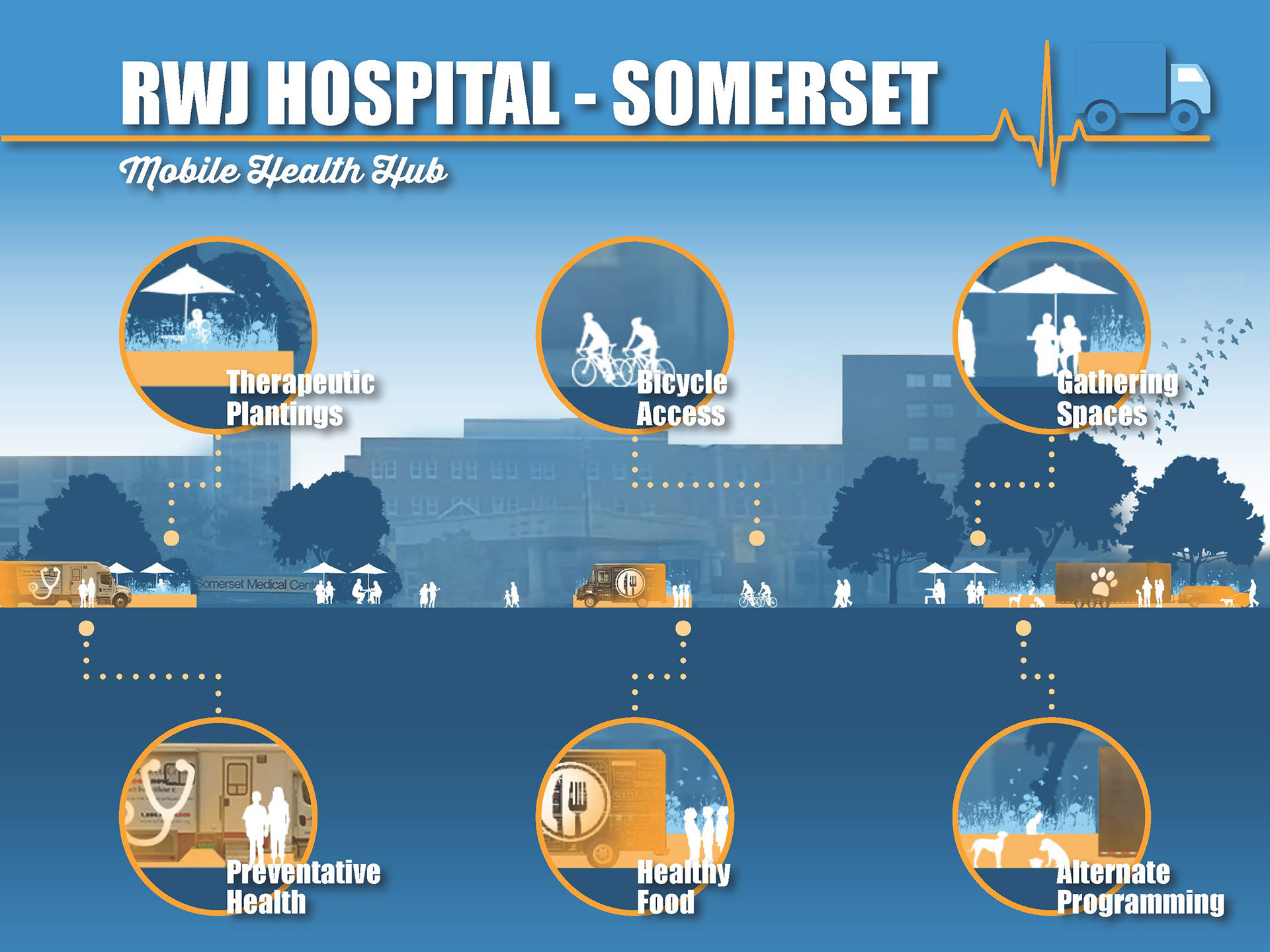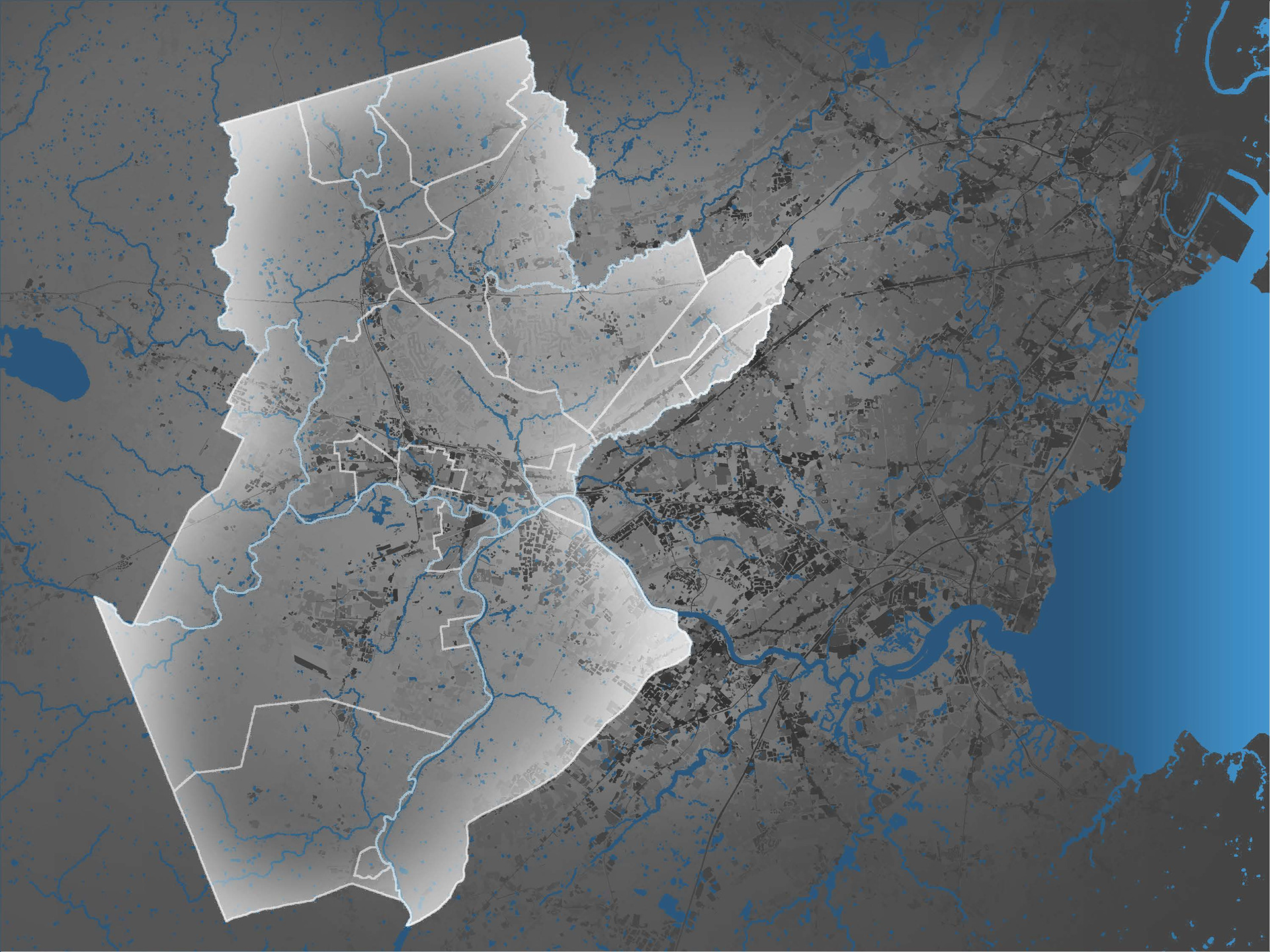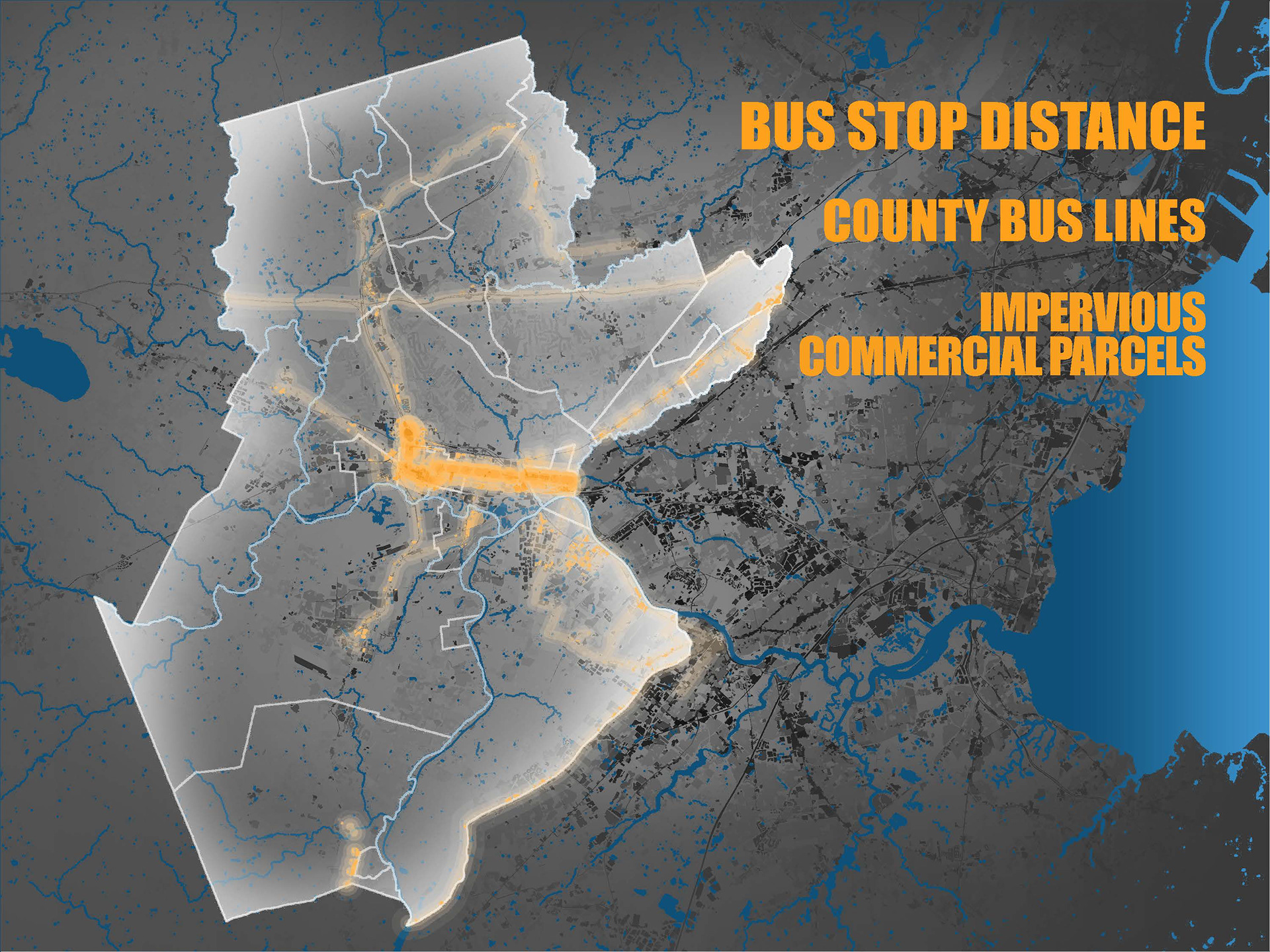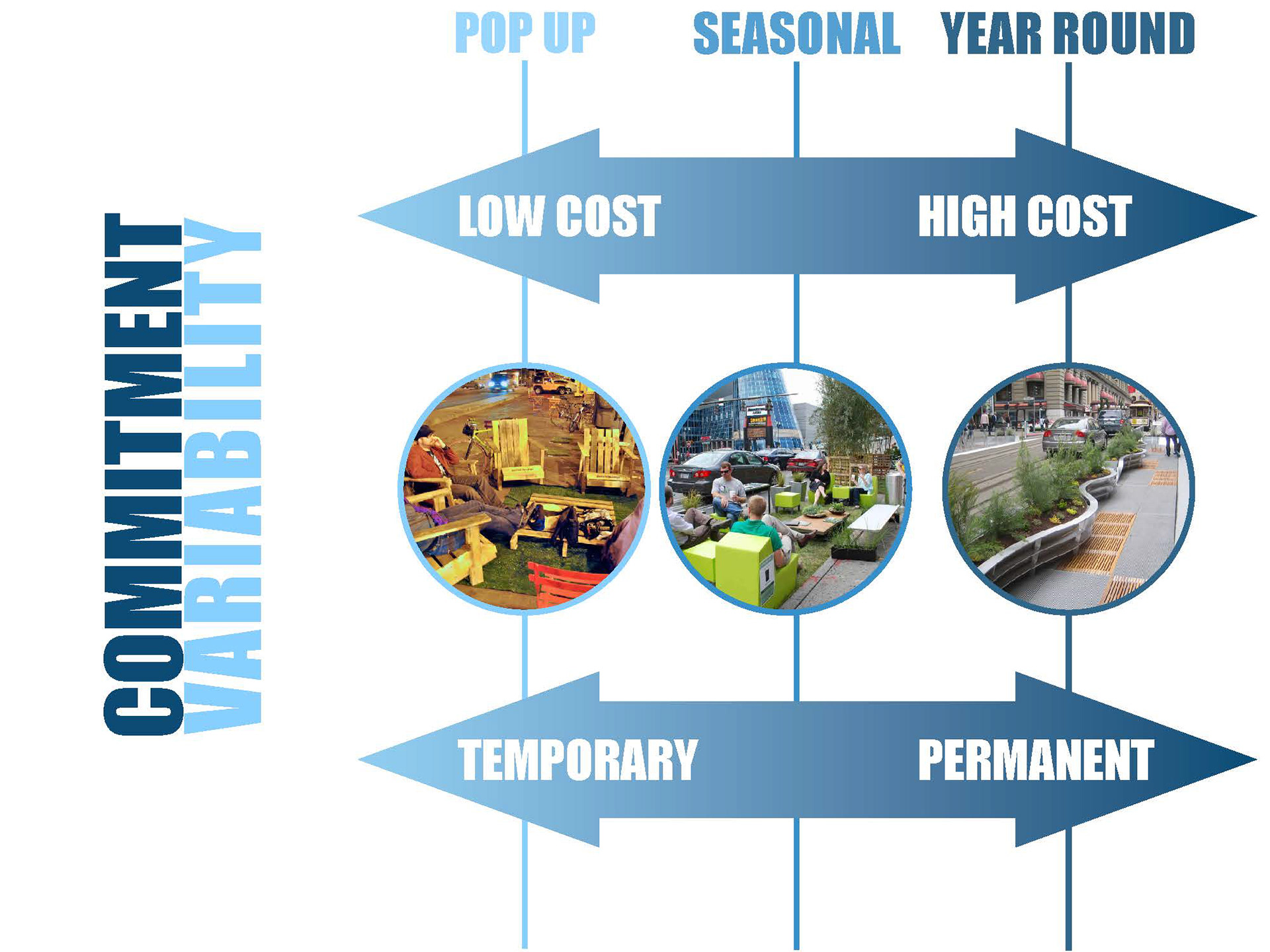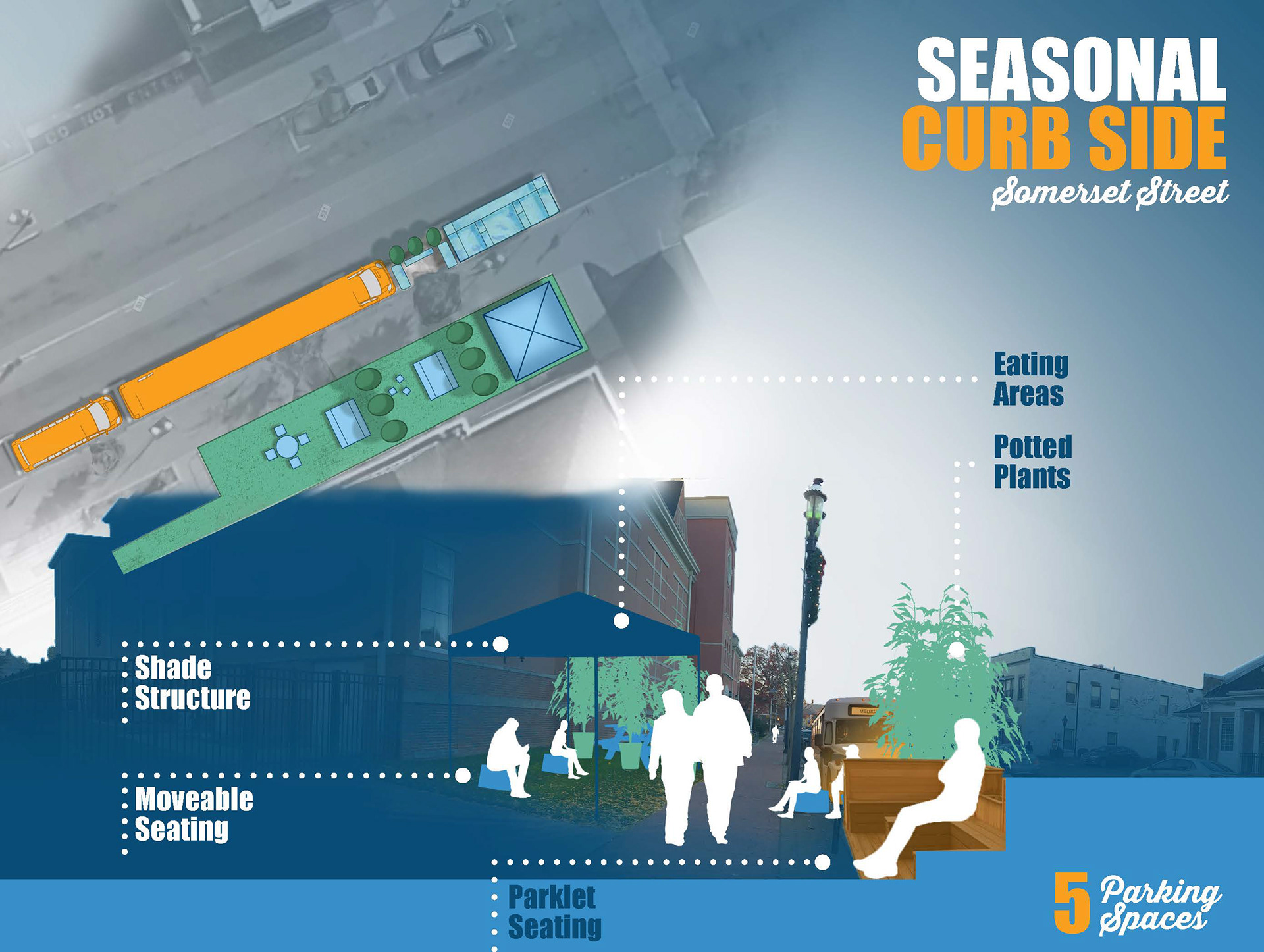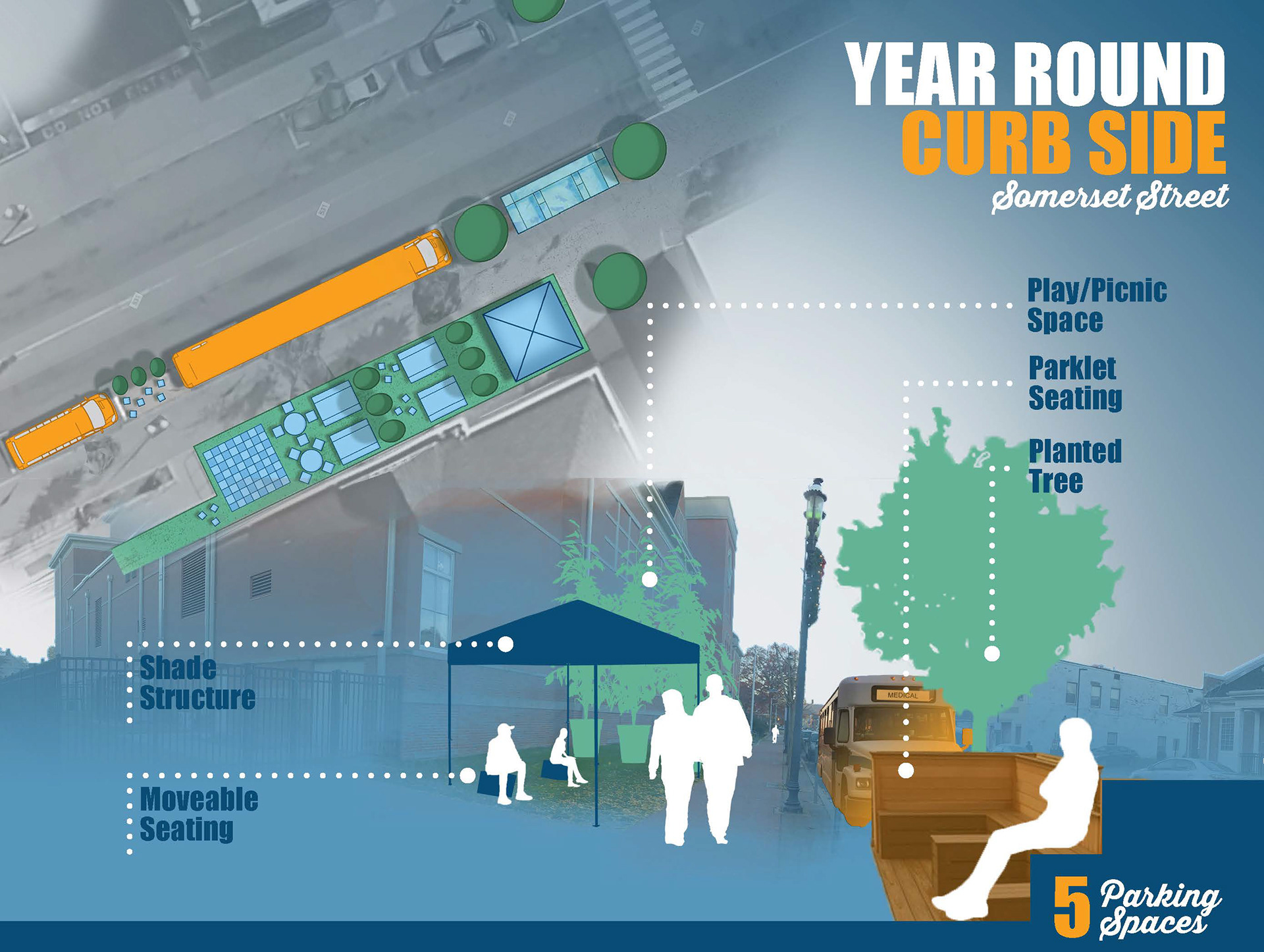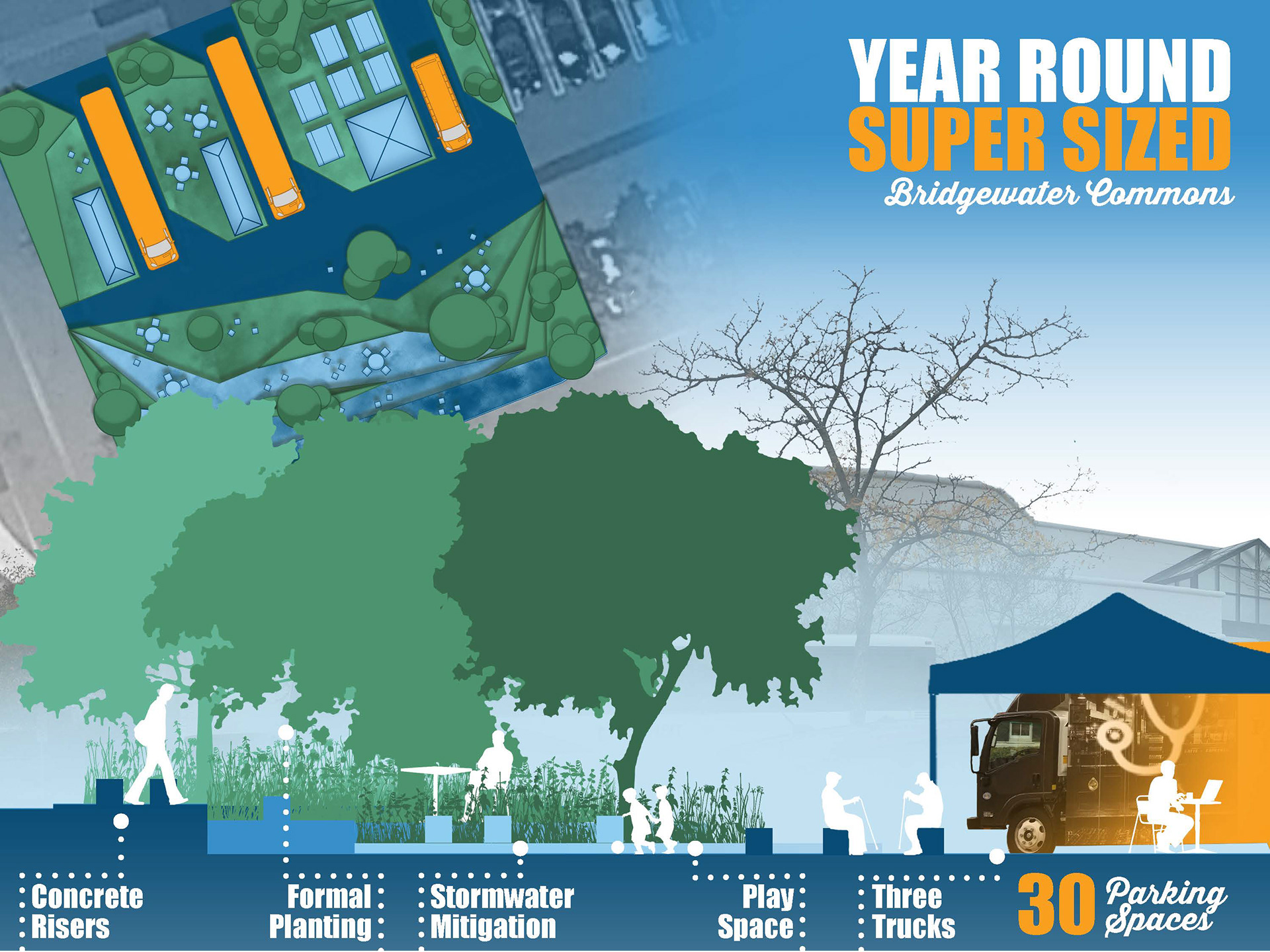
In the 2015 somerset hospital community health needs assessment, access to health care emerged as an issue of concern and lack of transportation emerged as a barrier to access. We began by thinking of ways to link health care to convenient, high traffic areas frequented by people from diverse backgrounds. How could we intersect health care services with everyday activities? Were there ways to address other issues including access to useful health information and healthy foods?

This led us to explore shopping centers which attract many shoppers from a wide range of backgrounds, and are also large employers – Over 20% of somerset county workers are employed in the leisure, hospitality and retail sector. With this is mind, we sought to identify shopping center locations that might attract the greatest number and diversity of people.

One way to increase access is to bring healthcare to the community. There are many examples of mobile health outreach programs. These programs can deliver preventative services and screenings like mammograms and immunizations.

While the mobile health vehicle is a terrific way to bring health into heavily trafficked areas, we next needed to think about how to activate places that these vans would frequent. We envision the trends of popup shops, food truck rallies and parklets as terrific ways to entice people off their daily path. These new spaces would be a welcoming place to wait for services or just a great spot to hang out and take a break from work.

We also took the largest symbol of health in Somerset and gave it a mobile health hub treatment. RWJ Barnabas health could be an excellent partner for the county when creating programs to be held at mobile health hubs.

Bringing health outside the hospital to the street is likely to increase awareness to services offered by the RWJ Barnabas system as well as offer employees a place to interact with the neighborhood. Parklets created outside the hospital could offer – new gathering spaces, health screenings, immunizations, healthy food trucks, plantings and a variety of alternative programming, including pet adoptions, veterinary services, children’s or garden club events.

To chose other places to host these mobile health hubs, we used georeferenced data that was combined into our GIS analysis.

This list illustrates the data taken into consideration.

We didn’t just look at the GIS suitability study we also did a qualitative analysis of the sites

This led us to identify 10 sites that seemed highly suitable for the delivery of mobile health services.

These sites were then grouped into 3 categories based on the type and size of the available parking area. We have curb side locations along streets; large lots associated with mega malls; and smaller parking lots associated with shopping centers and strip malls

To create a destination that would attract people to mobile health services we have proposed three types of parklets. The size and programming of these parklets depend on available space, interest, feasibility, and commitment to hosting mobile health services. In all cases, the basic programming would be to provide health services and useful health information to people visiting mobile health units.

We see the mobile health hub as an opportunity to bring together the comfortable spaces created by parklets and the outreach services provided mobile health vehicles. We will start with the curb side pop up, move to the seasonal shopping center design and finish with the supersized year-round proposal.

Curb side locations offer a linear solution in on-street parking. Here is an example of a small pop up park alongside Somerset street in North Plainfield. The parklet could be an easily transportable structure next to the health vehicle. The pop-up parks would be small, quick to set up and take down and would be a short-term installation, for a day or a week.

Mobile health hubs in parking lots would have a different spatial configuration. The seasonal model parklet would occupy a larger dedicated space, with more attractions and amenities than the pop-up version. In addition, these parklets could also include a farmer’s market, an activity pavilion, play space and picnic tables.

This year-round model, which takes up only 30 parking spaces at Bridgewater commons, was designed to optimize the impact of precious parking spaces in respect to the amount of space for health trucks, permanent plantings, and social space.

These designs are meant to drive home the point that mobile health services can be integrated into many sites around the county and can be scaled based on interest, available space, and commitment

We see this as a network of sites that can be integrated into a mobile health services system that operates county-wide. Once established these pilot programs could lead to more direct services for the community achieving the goal of Making everyone in Somerset healthier. While access to healthcare services is very important, healthy food and access to it are required to maintain a healthy lifestyle. Next dean will discuss design interventions for healthy eating in Somerset county.





